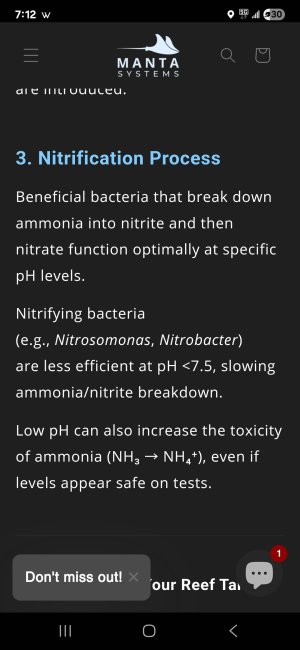Tamara Marshall
Active member
“𝑰𝒎𝒑𝒓𝒐𝒗𝒊𝒏𝒈 𝒑𝑯 𝑼𝒏𝒅𝒆𝒓𝒔𝒕𝒂𝒏𝒅𝒊𝒏𝒈 𝒊𝒏 𝑺𝒂𝒍𝒕𝒘𝒂𝒕𝒆𝒓 𝑨𝒒𝒖𝒂𝒓𝒊𝒖𝒎𝒔”
pH swings got you (and your corals) feeling uneasy? You’re not alone. Understanding and maintaining stable pH is one of the trickiest parts of saltwater aquarium care—but it’s also one of the most important.
This article breaks down the science of pH in simple terms and explores practical ways to improve and stabilize your system’s pH—without overcorrecting or chasing numbers. From gas exchange and lighting cycles to dosing strategies and equipment upgrades, we’ve got you covered.
A better understanding of pH means healthier fish, happier corals, and fewer headaches. Let’s get balanced!



